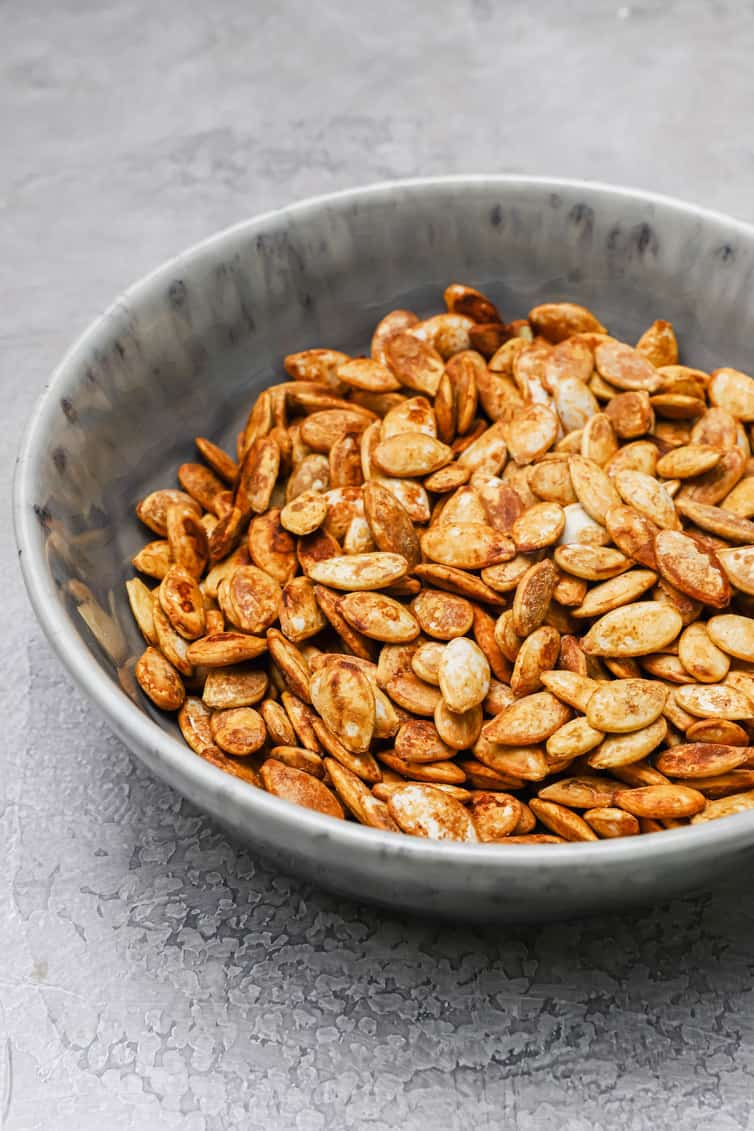There’s something truly magical about growing pumpkins — from tiny seeds to big, beautiful gourds that brighten your garden and your autumn décor. Whether you’re dreaming of carving your own Halloween pumpkins or making homemade pumpkin pies, learning how to plant pumpkin seeds is easier than you might think.This guide — “Try this amazing How to Plant Pumpkin Seeds idea!” — walks you through every step: from choosing the right seeds and preparing your soil to caring for your plants and harvesting those golden pumpkins. Perfect for gardeners in the United States, the United Kingdom, and Canada, this simple yet effective guide will have you growing vibrant pumpkins in no time!H2: Why Grow Pumpkins at Home?Before diving into the how-to, let’s talk about why planting pumpkins is such a great idea:🎃 Fun and Rewarding: Watching pumpkins grow from small seeds into huge fruits is a satisfying experience — especially for kids and beginners.🌿 Perfect for All Levels: Even first-time gardeners can achieve success with the right care and patience.🍽️ Multi-Purpose: Homegrown pumpkins can be used for cooking, baking, and decorating.🌻 Pollinator-Friendly: Pumpkin flowers attract bees, helping boost your overall garden health.💡 Tip: Pumpkins love warm, sunny spots and rich, well-drained soil — think of them as sunbathers who thrive in comfort!H2: Choosing the Right Pumpkin SeedsThe first step in how to plant pumpkin seeds is selecting the right variety for your needs. Here are some popular options:Jack-O’-Lantern: Classic orange pumpkins perfect for carving.Sugar Pie Pumpkins: Small, sweet, and ideal for baking.Mini Pumpkins (Baby Boo or Jack Be Little): Great for decorative use.Atlantic Giant: If you’re up for a challenge, these massive pumpkins can weigh hundreds of pounds!💡 Pro Tip: Choose seeds from a trusted source or save seeds from last year’s pumpkins if they were open-pollinated (not hybrids).H2: When to Plant Pumpkin SeedsTiming is everything when it comes to growing pumpkins successfully.In the United States and Canada: Plant outdoors after the last frost, typically in late May or early June.In the United Kingdom: Start seeds indoors in April or early May, then transplant outdoors once the weather warms up.Pumpkins need at least 75–100 frost-free days to mature, so plan accordingly based on your region’s growing season.H2: Preparing the SoilPumpkins are heavy feeders, meaning they need nutrient-rich soil to thrive. Here’s how to prep your garden:Pick a Sunny Spot: Choose a location that gets 6–8 hours of sunlight daily.Loosen the Soil: Use a garden fork or tiller to break up the soil about 12 inches deep.Enrich the Soil: Mix in compost or aged manure to improve fertility and drainage.Create Mounds (Hills): Pumpkins grow best on small mounds that stay warm and allow roots to spread. Make each mound about 2 feet wide and 1 foot tall.💡 Tip: Space your mounds about 3–5 feet apart for smaller varieties and 6–10 feet apart for larger ones.H2: How to Plant Pumpkin SeedsNow for the fun part — planting!Sow 3–4 seeds per mound, about 1 inch deep in the soil.Water gently after planting, keeping the soil moist but not soggy.Once seedlings appear (in about 7–10 days), thin them by removing the weakest ones, leaving 2 strong plants per mound.💡 Pro Tip: Use mulch or straw around your plants to retain moisture and keep weeds at bay.H2: Watering and Feeding Your Pumpkin PlantsPumpkins love moisture but dislike soggy roots.Water deeply once or twice a week (depending on weather).Always water at the base — wet leaves can lead to mildew.Feed every 2–3 weeks with a balanced fertilizer.Once flowers appear, switch to a phosphorus-rich fertilizer to encourage fruiting.💡 Tip: Add compost tea or organic mulch to improve soil health naturally.H2: Pollination and Flower CarePumpkins produce both male and female flowers.Male flowers appear first and have thin stems.Female flowers have a small bulb (the baby pumpkin) at their base.If bees are scarce in your area, you can hand-pollinate using a small brush or by gently transferring pollen from a male flower to a female one.💡 Tip: Do this early in the morning for the best results — pumpkin flowers open for only one day!H2: Common Pumpkin Growing Problems (and Fixes)Even the best gardeners face challenges. Here’s how to handle common pumpkin plant issues:🐛 Pests: Watch out for squash bugs and vine borers. Use neem oil or insecticidal soap.🍂 Powdery Mildew: Ensure good air circulation and avoid overhead watering.🌞 Yellowing Leaves: Could be a sign of nutrient deficiency — feed your plants with compost tea or organic fertilizer.🥀 Rotting Fruit: Place developing pumpkins on dry straw to keep them off wet soil.H2: Harvesting Your PumpkinsWhen your pumpkins turn a deep, even color (orange, white, or yellow depending on the variety) and the skin feels hard, they’re ready to harvest.Cut the pumpkin from the vine using sharp scissors or pruning shears, leaving 2–3 inches of stem.Let them cure in the sun for 7–10 days to toughen the skin.Store in a cool, dry place for up to 2–3 months.💡 Tip: Never carry pumpkins by the stem — it can break and shorten storage life.H2: Creative Ideas for Your Homegrown PumpkinsOnce you’ve harvested your pumpkins, the fun continues!🎃 Decorate: Carve or paint your pumpkins for Halloween.🥧 Cook: Use the flesh in soups, pies, or roasted dishes.🌿 Compost: Don’t waste the leftovers — compost them for next year’s garden.🌸 Save Seeds: Dry seeds for next season’s planting.ConclusionAnd that’s it — your complete guide to how to plant pumpkin seeds successfully! 🌱✨This amazing How to Plant Pumpkin Seeds idea makes gardening fun, easy, and rewarding. With the right preparation and care, you’ll soon have a patch full of vibrant pumpkins ready for the season.Whether you’re growing them for festive fun or for your kitchen table, one thing’s for sure — few things compare to the joy of harvesting pumpkins you planted yourself. So grab your seeds, roll up your sleeves, and get growing! 🎃🌿

